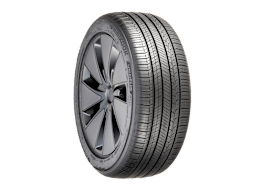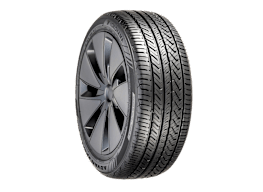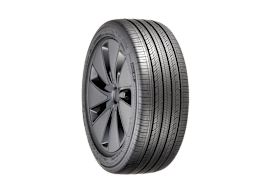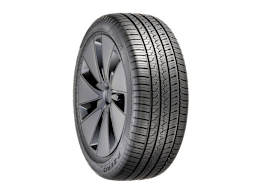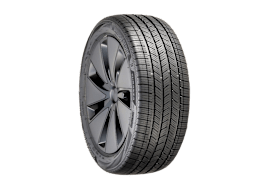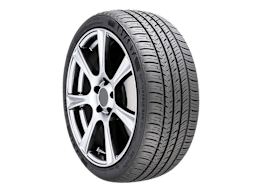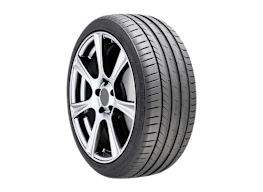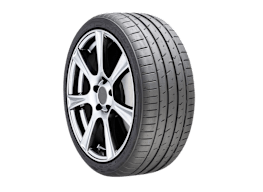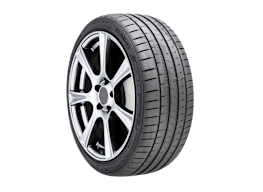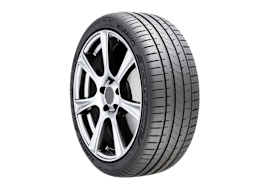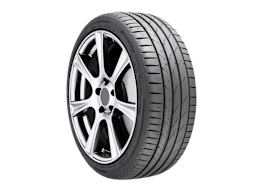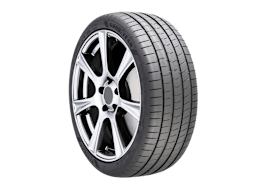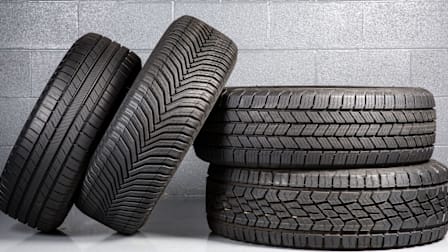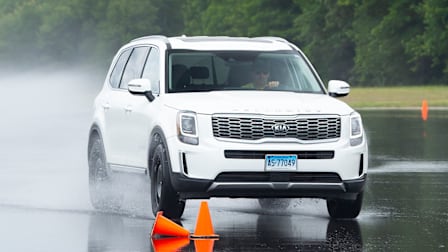Beware These Early Warning Signs of Tire Failure
Regular checks can prevent an accident

Tires play a crucial role in a vehicle’s safety. As the only parts of the car that touch the ground, they’re one of the key factors affecting the vehicle’s handling and braking, and overall highway safety.
There are simple steps that you can—and should—take to make sure that your tires stay in optimal condition. Inspection and inflation are important. Performing regular checks is quick and easy, and a worthwhile investment of your time.
Look for These Tire Trouble Signs
Visually inspect your tires on a regular basis, ideally weekly. It takes just a minute to walk around your car looking for warning signs. If you find any of the following conditions, the tires should be taken to a shop for professional evaluation and likely replacement:
- Cracking or cuts in the sidewalls.
- Uneven tread wear: This can be caused by improper inflation, misaligned wheels, damaged tires, or problems with suspension parts.
- Excessively worn tread: Most modern tires have treadwear indicator bars running across the tread, which signal the minimum allowable tread depth of 2⁄32 of an inch. When the tread wears down to these bars, it’s time for new tires. Inexpensive tread-wear gauges are available at auto parts and tire stores. Alternatively, you can use a quarter and a penny as treadwear indicators. Insert the quarter into a tire groove with Washington’s head toward the tire (shown below). If you can see the top of George’s head, about 4⁄32 of an inch, then it’s time to shop. If you can see Abe’s head using the penny, the tread is too worn, and the tires need to be replaced right away.
- Bulges or blisters: If you see a bulge or blister on the sidewall, replace the tire at once. These signal potential weak spots that could lead to tire failure.
- Excessive vibration: Tire vibration may be a sign that a wheel is misaligned, unbalanced, or bent. It could also signify internal tire damage or a suspension problem. Don’t ignore vibration: Have the vehicle serviced at once.
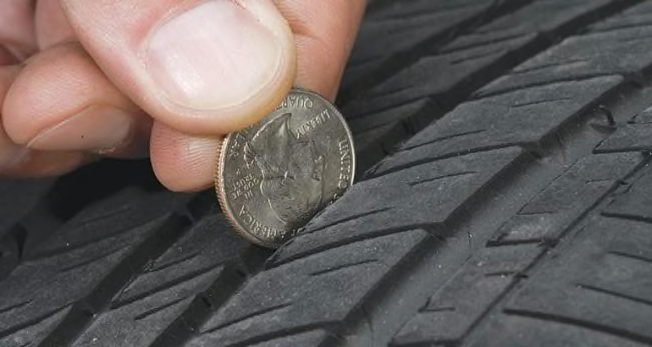
Photo: John Powers/Consumer Reports Photo: John Powers/Consumer Reports
The Problem with Underinflated Tires
Surveys have shown that many cars on the road may be riding on one or more underinflated tires. Part of the problem is that tires lose air through the rubber and where it connects to the wheel and valve. Sometimes the air loss is so slow that many people don’t realize it has happened. Seasonal temperature changes may also cause the tire pressure to drop, with pressure decreasing about 1 psi for every 10-degree drop.
Tire-Inflation Maintenance Tips
Don’t judge the pressure by eyeballing a tire. Modern tires bulge slightly, making them look a little underinflated, even when they’re not. This effect can be exaggerated on a soft surface, such as a dirt road or gravel driveway.
At least once a month, use a tire gauge to check the pressure in all four tires and the spare. A good tire-pressure gauge is available for as little as $5 to $15 at auto parts stores.
Set the tires to the automaker’s recommended tire pressure. This is printed on a placard in the car, either on a doorjamb, the fuel-filler door, or the inside of the glove box lid. Don’t go by the “maximum inflation pressure” imprinted on the tire. If your car has a limited-service (aka a space saver) spare, also check that it’s inflated to the pressure specified on the placard, usually 60 psi.
Measure the pressure with the tires cold before they’ve been driven more than a mile or two. As the vehicle is driven, the tires heat up and the pressure rises, which makes it more difficult to set them to the correct cold-tire pressure.
A little preventive medicine in the form of simple, routine inspections can prevent expensive, inconvenient problems down the road.
Need Replacement Tires?
See our tire ratings and buying guide.

















